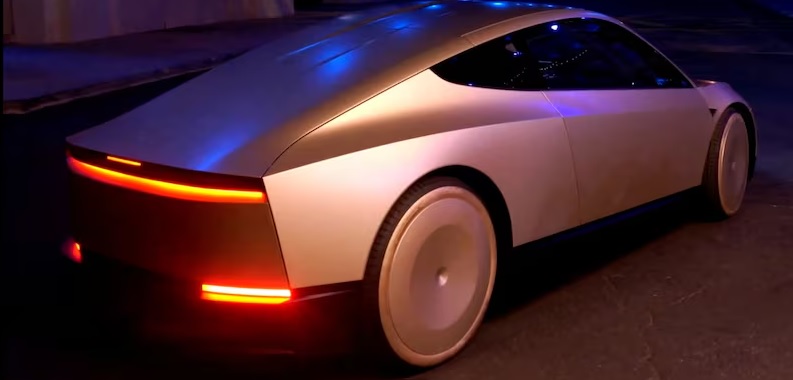
(Photo : Tesla)
Robotaxi
- GM's self-driving unit, Cruise, admitted to submitting a false report and will pay a $500,000 fine.
- The incident involved a Cruise robotaxi hitting a pedestrian, a detail omitted from the initial report.
- Cruise President Craig Glidden assured compliance with the agreement and emphasized transparency.
- Despite paying fines and making internal changes, investigations into Cruise's safety precautions continue.
In a significant development, General Motors' self-driving car unit, Cruise, has admitted to submitting a false report to influence a federal investigation. The company will pay a $500,000 criminal fine as part of a deferred prosecution agreement, according to the Justice Department. The incident in question occurred in October 2023 when one of Cruise's robotaxis in San Francisco struck a pedestrian after she was hit by another vehicle and dragged 20 feet.
The Justice Department stated that Cruise failed to disclose key details of the crash to the National Highway Traffic Safety Administration (NHTSA). Martha Boersch, who heads the criminal division for the U.S. Attorney's Office in San Francisco, emphasized the importance of transparency in their reports to regulators for companies with self-driving cars.
As part of the three-year agreement, Cruise is required to cooperate with government investigations, implement a safety compliance program, and provide annual reports to the U.S. Attorney's Office. If Cruise fails to comply over the next three years, the U.S. Attorney's Office can proceed with prosecution of the charged offense.
Cruise's Response and Future Commitments
Cruise President Craig Glidden assured that the company would comply with the requirements set forth in the agreement. He emphasized the company's commitment to transparency with regulators as they move forward under new leadership.
The incident and subsequent investigations led to significant changes within the company. Cruise's CEO and co-founder both resigned, and the company cut a quarter of its workforce and fired nine executives, including its chief operating officer and chief legal and policy officer.
The robotaxi involved in the incident stopped after running over the pedestrian but then attempted to pull over to the side of the road with the woman underneath it, dragging her further. This detail was omitted from Cruise's report to NHTSA. GM subsequently reached a settlement with the woman worth at least $8 million.
Ongoing Investigations and Future Plans
In September, Cruise agreed to pay a $1.5 million fine to resolve a NHTSA investigation. The company must submit a corrective action plan on how it will improve its compliance with reporting of serious incidents and face enhanced reporting requirements for at least two years.
Despite these measures, NHTSA's investigation into whether Cruise is taking sufficient precautions with its autonomous robotaxis to safeguard pedestrians remains open. In August, Cruise recalled 1,200 robotaxis over hard braking issues. The company also faces a Securities and Exchange Commission investigation.
Cruise has relaunched supervised autonomous driving testing in three U.S. cities but abandoned its Origin vehicle that does not have human controls. The company has launched small fleets in Arizona and Texas, where vehicles will operate with a human safety driver behind the wheel.









